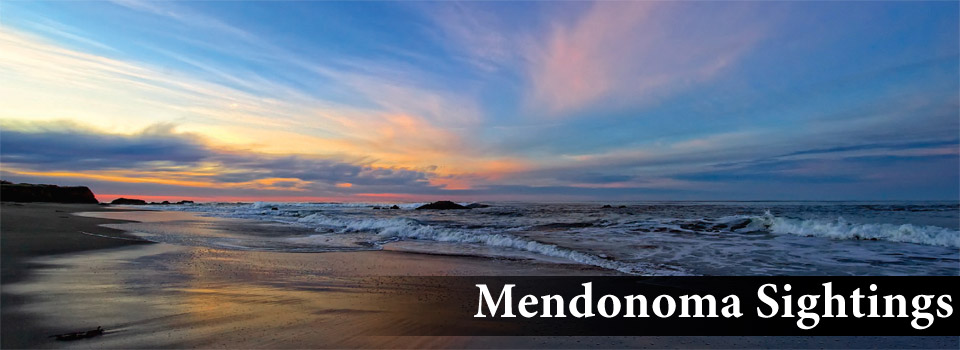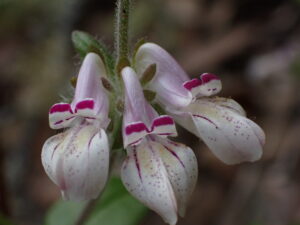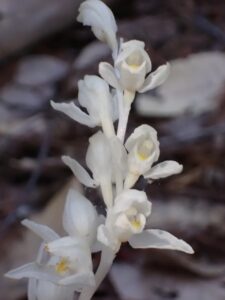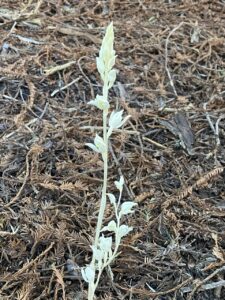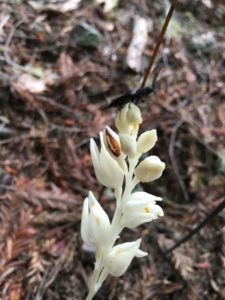I've never found this native wildflower. Peter Baye photographed Tincture Plant, Collinsia tinctoria.
And here's a bonus wildflower sighting, a Phantom Orchid, Cephalanthera austiniae photographed by Peter. The native orchid is also called a Snow Orchid - a real treat to see.
Thanks to Peter for allowing me to share his photos with you here.
It's foggy today, with rain forecast for tomorrow!
